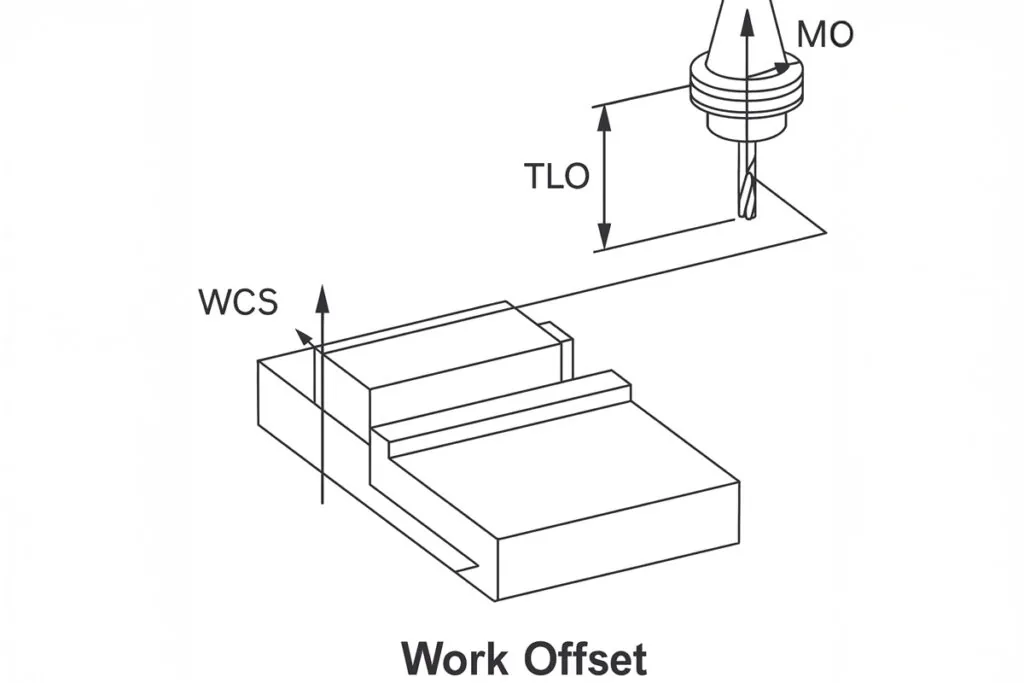Definition of Work Offset
A work offset is a programmed coordinate system in CNC machining that defines the location of the workpiece relative to the machine’s zero point. It allows the CNC to understand where the part is placed, so cutting operations are carried out in the correct position. Work offsets are often programmed using codes like G54 through G59. They simplify setup and allow multiple parts to be machined with minimal repositioning. Without accurate work offsets, features may be misplaced, parts scrapped, or tools damaged. Work offsets are essential for accuracy, productivity, and reliable multi-part machining.
Why It Matters for Band Saw and Mill Drill Machines
Work offsets matter because they ensure accuracy, consistency, and efficiency in CNC machining. By setting a clear reference point, you help the machine understand exactly where to cut, drill, or mill. This reduces errors, saves setup time, and ensures that every part comes out to specification. If work offsets are misaligned, you risk damaging parts, crashing tools, or producing scrap. For you, a reliable offset setup means smoother workflow, less downtime, and higher throughput. They also allow batch runs without re-measuring each part. Investing time in learning how to set work offsets correctly will save material costs and improve overall quality in your machining processes.
Related Terms
CNC CoordinatesG54-G59
Tool Offset
Datum Point
Fixture Setup
Machine Zero
FAQ
What is the difference between work offset and tool offset?
Work offset defines the position of the workpiece, while tool offset accounts for the length and diameter of the cutting tool. Both are required for precise machining. If either is wrong, the CNC machine cannot cut accurately. Work offsets tell the machine where the part sits, and tool offsets ensure the tool contacts at the correct depth and position. Together they guarantee dimensional accuracy.
How do machinists set a work offset?
A machinist sets a work offset by finding a reference point on the workpiece, such as a corner or a hole, then recording its coordinates into the CNC controller. Tools like edge finders, dial indicators, or probing systems are often used for accuracy. Advanced machines may have automatic probing that sets offsets with little manual input.
Can multiple work offsets be used in one job?
Yes, multiple work offsets can be used, often identified as G54, G55, and so on. This allows you to machine multiple parts in a single setup or handle different operations on the same part. It increases efficiency, reduces downtime, and simplifies machining when working with complex fixtures.
What happens if a work offset is wrong?
If a work offset is wrong, the machine will cut features in the wrong place or even collide with the part. This can cause scrapped workpieces, damaged tools, and lost production time. That is why verifying offsets before machining begins is critical. Many operators use test runs or dry runs to confirm accuracy.
Why are work offsets important in automation?
In automated or batch production, accuracy and repeatability are vital. Work offsets make sure each part is machined consistently without manual resetting. This saves operator time, reduces error, and allows unattended machining with confidence. Correct offsets are the foundation of efficient CNC automation.



